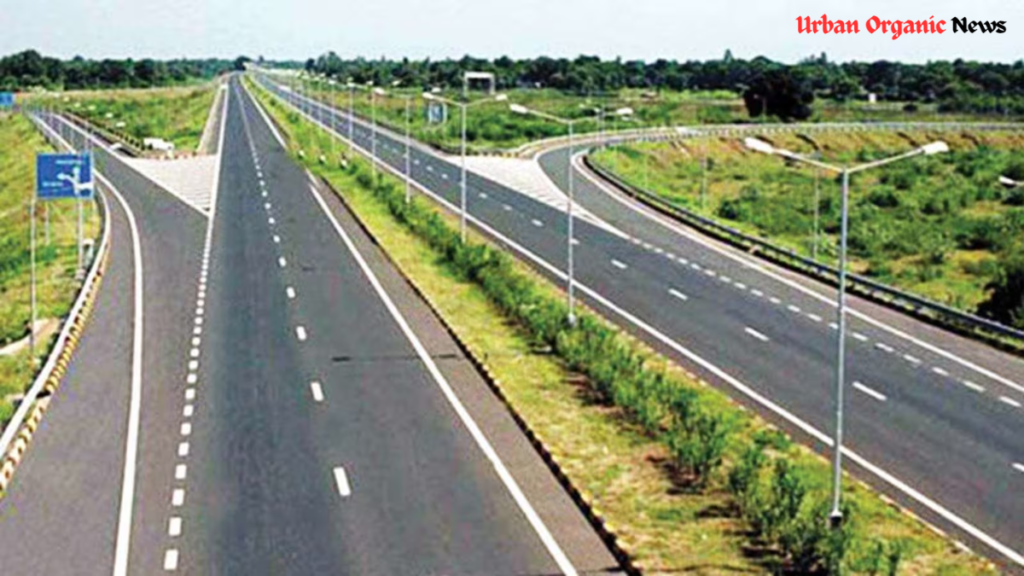
Table of Contents
8 High-Speed Roads, The Narendra Modi government has greenlit eight major National High-Speed Road Corridor Projects, spanning a total length of 936 km. These projects, collectively valued at ₹50,655 crore, aim to boost logistics efficiency, alleviate congestion, and enhance connectivity across India.
Boosting India’s Infrastructure
Union Minister Ashwini Vaishnaw announced the approval, stating, “The Cabinet today approved eight important National 8 High-Speed Road Corridor Projects of length 936 km at a total cost of over ₹50,000 crore to improve logistics efficiency, reduce congestion, and enhance connectivity across the country.”
Details of the Projects
The approved projects encompass various regions and are designed to significantly upgrade the nation’s infrastructure. They include:
- The six-lane Agra-Gwalior National High-Speed Corridor
- The four-lane Kharagpur-Moregram National High-Speed Corridor
- The six-lane Tharad – Deesa – Mehsana – Ahmedabad National High-Speed Corridor
- The four-lane Ayodhya Ring Road
- The five-lane section between Pathalgaon and Gumla of the Raipur-Ranchi National High-Speed Corridor
- The six-lane Kanpur Ring Road
- The four-lane Northern Guwahati Bypass and the Widening/Improvement of the Existing Guwahati Bypass
- The eight-lane elevated Nashik Phata – Khed Corridor near Pune
These projects are part of the government’s strategic approach to infrastructure development, focusing on creating consistent standards, enhancing user convenience, and improving logistics efficiency.
Economic Impact
Highlighting the broader economic implications, Vaishnaw remarked, “140 crore Indians gave PM Modi a historic mandate. Thanks to them, a government returned to power for a third consecutive term after 60 years… Following the formation of the government, ₹76,000 crore will be invested for Vadhavan Port.”
The government emphasized that infrastructure development is pivotal for economic prosperity and improving citizens’ quality of life. “Every rupee spent on infrastructure development has a multiplier effect of about 2.5-3.0 times on GDP,” the government stated.
Read More: CBSE Compartment Result 2024 Live: Class 12 Compartment Results Now Available
Significant Increase in Investment
Over the past decade, there has been a substantial increase in capital investment in National Highways. The total investment, including private contributions, has surged from ₹50,000 crore in 2013-14 to approximately ₹3.1 lakh crore in 2023-24. This sixfold increase underscores the government’s commitment to enhancing the nation’s infrastructure.
Corridor-Based Development Approach
The government has shifted from a project-based to a corridor-based approach for highway infrastructure development. This new strategy aims to ensure consistent standards, enhance user convenience, and boost logistics efficiency, moving away from the previous focus on addressing local congestion.
This corridor-based approach is expected to bring uniformity and higher standards to national highway projects, resulting in smoother and more efficient transportation networks across the country.
Looking Ahead
The approval of these 8 high-speed road corridor projects marks a significant step forward in India’s infrastructure development journey. By investing in these critical projects, the government aims to lay a strong foundation for economic growth and improved quality of life for its citizens.
As these projects progress, they are expected to transform the transportation landscape, making travel faster and more efficient, and supporting the broader economic objectives of the country.
- Unacademy CEO announces no salary hikes for employees while wearing $400 T-shirt
- Latest News: 6-Year-Old’s Passport Rejection Over Game of Thrones-Inspired Name
- Anu Aggarwal Stands Up for Ranveer Singh’s Nude Photoshoot, Recalls Her Own Bold Film Scene
- Kolkata Man Arrested for Threatening to Bomb Bihar CM Nitish Kumar’s Office
- Janhvi Kapoor Stuns with Dance Moves in ‘Chuttamalle,’ Shikhar Pahariya and Khushi Kapoor React

